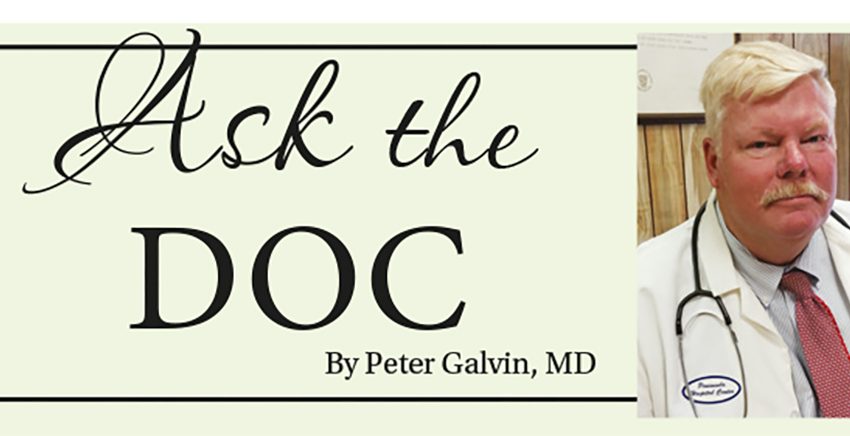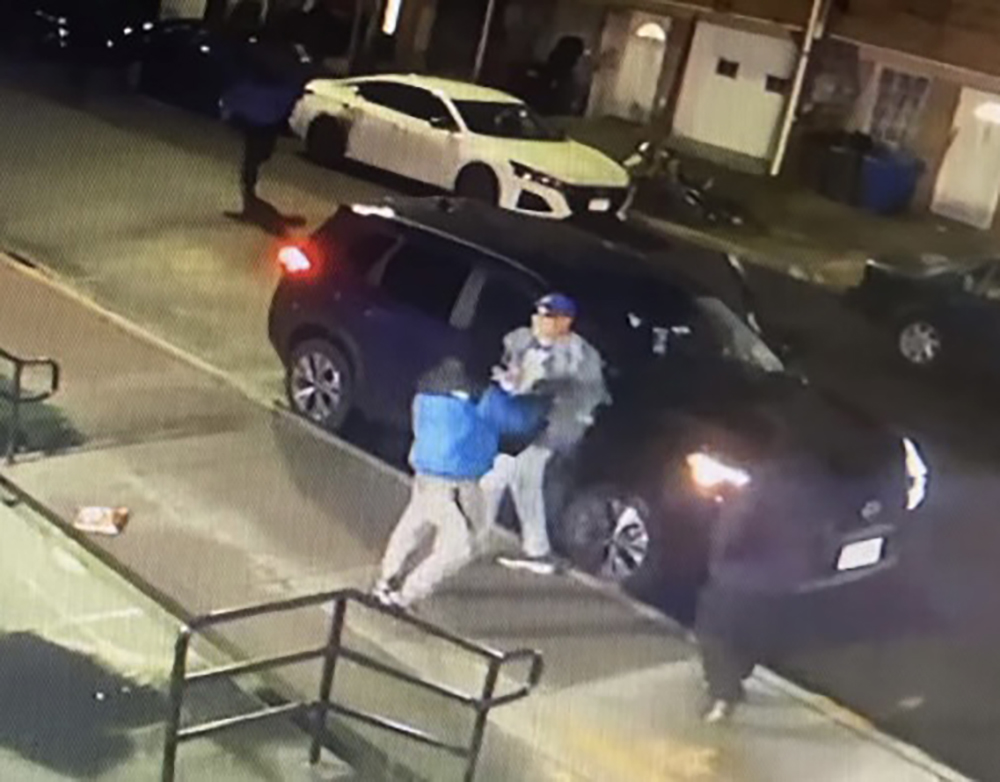Miss Daisy’s Driving

By Peter Galvin, MD
More than 90% of motor vehicle accidents (MVAs) are caused by human error. In older adults, age-related changes like decreased vision, cognitive decline, slowed reaction time, and decreased grip strength increase the risk of common driving errors, including straying from driving lanes, failing to observe speed limits, and missing traffic signs. The risk of dying in a MVA is 2.5 times higher for drivers aged 75 to 79 and five times higher for those aged 80 years and older compared to younger drivers. There are both acute and chronic conditions that can impair driving. The acute conditions include seizures, fainting, low blood pressure, low blood sugar, and irregular heartbeat, which may cause dizziness or trouble breathing. Chronic conditions can include dementia, neurologic conditions that affect muscle strength and coordination, for example Parkinson disease or a prior stroke, and untreated sleep apnea, which increases the risk of falling asleep while driving.
Some medications can cause sleepiness or affect the ability to think clearly, for example benzodiazepines (i.e., Valium, Xanax), opioids, anticholinergic drugs (i.e., Benadryl, Cogentin), and some anticonvulsant or antipsychotic drugs, and so they may increase the risk of MVAs. Obviously, taking multiple medications may further increase that risk. Those who pose a hazard to safe driving need to be identified. Family members who ride in a car with older drivers may help determine if their driving is unsafe. However, it has been my experience that attempting to take driving privileges away from older drivers can be exceedingly difficult, especially if they live alone. But no matter the difficulty, unsafe older drivers need to be kept out of the driver’s seat as driving a vehicle can be hazardous to both them and others. Sometimes, a group discussion with the family doctor can be helpful.
Of course, driving while talking on a cell phone or texting while driving can cause distracted driving, and not just for older drivers. Doctors and pharmacists can help change medications to avoid the ones that cause sedation or sleepiness. Treatment of potentially reversible risk factors, for example cataract surgery for impaired vision or continuous positive airway pressure (CPAP) treatment for sleep apnea, is recommended. There are GPS devices that can plug into a port under the dashboard that can provide information about whether the driver speeds, brakes hard, accelerates suddenly, or turns corners haphazardly. Data from these devices can spur conversations about safe driving and whether an individual should stop driving. Also, performance-based road tests administered by specialists in occupational therapy can help evaluate how well older drivers navigate traffic situations and determine if their driving privileges should be revoked.
Some cars now have technology that can alert drivers if they are drifting out of a lane, if a vehicle is in their blind spot, if pedestrians are in their path, or if they must take action to avert a crash. Some also have automatic parallel parking, emergency braking, and alerts about worsening weather or obstructed traffic signs. Driverless car technology, although still in its infancy, may, probably in the not-too-distant future, provide a safe way for older people to travel. Imagine getting into your car and saying “Alexa, take me to JFK.” For more information go to the National Institute on Aging at: www.nia.nih.gov/health/older-drivers
Please direct questions and comments to editor@rockawaytimes.com


